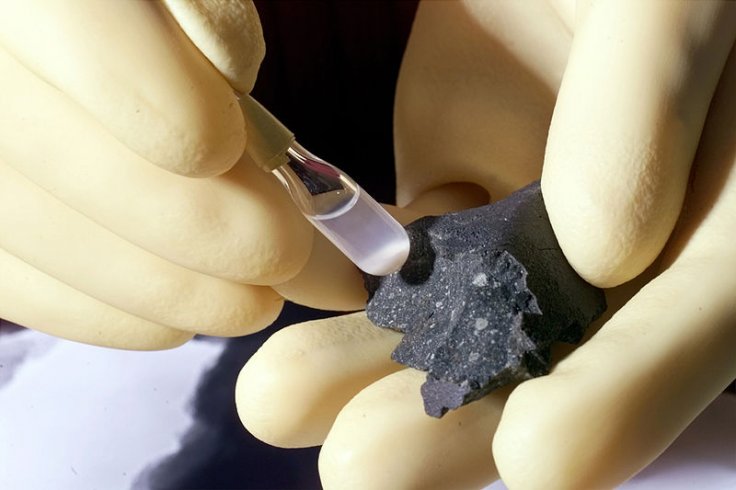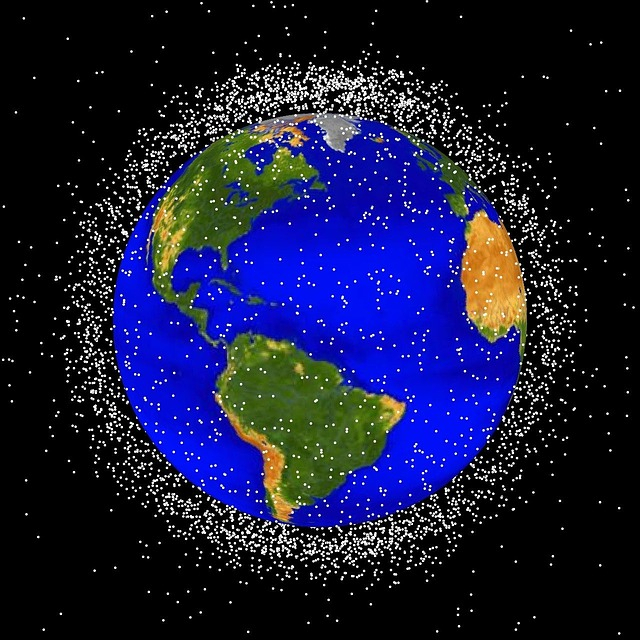A group of researchers was able to provide an estimate of the volume of space rocks and other debris that hit Earth on a yearly basis. According to their study, about 40 million kilograms of extraterrestrial material enter Earth's atmosphere each year.
The new study was carried out by a team of researchers from the UK. Their estimate and findings were detailed in a new paper published in the journal Geology.

Estimating Impact Volume On Earth
For the study, the researchers headed to the Antarctic region to hunt for fallen meteorites. It served as an ideal place for the study since its white landscape makes the dark-colored space rocks easier to find. By surveying the area for fallen extraterrestrial material, the researchers were able to create a computer model that estimated the volume of cosmic rocks hitting Earth on a yearly basis.
According to the model, over 16,000 kilograms of extraterrestrial material hit Earth annually. This figure is for meteorites that weigh over 50 grams. If the tiny dust grains are included in the tally, the new estimate will be 40 million kilograms of extraterrestrial material every year.
Taking Into Account Larger Impactors
According to the researchers, the new model provides an accurate estimate of the amount of materials that regularly fall on Earth. Although it indicates that the objects hitting Earth are very small, it also takes into account larger impactors.
"The vast, vast majority of objects to hit the Earth are really small," Geoff Evatt, a mathematician from the University of Manchester and lead author of the study, told BBC. "We're talking about objects for which, when they strike the ground, the fragments sum together to over 50g. So, typically, 50g-10kg in total. Objects bigger than this are very, very infrequent."

A Global Assessment For Earth Impacts
Evatt noted that the estimates from the model could be used to conduct a global assessment to provide comprehensive data regarding meteor activity on Earth. Aside from the model, scientists could also refer to the data collected satellites that monitor fireball events on Earth.
"Satellites monitor these explosions in the sky, working out the energy of the events and also the longitude and latitude of where they happen," Evatt stated. "And from this you can see how they vary across the globe with latitude, and very nicely the curve you get from these fireballs fits with what we independently modeled using purely an applied mathematical approach."
Facts about space junk
Between 1965 and 1967, during the Cold War, US fired hundreds of thousands of tiny needles into space as high-powered radio signals but they clumped together into groups and 50 years later there are about 38 of such clumps still in the orbit. When they enter Earth's atmosphere they burn up.
But a French satellite was hit and damaged by debris from a French rocket in 1996 and on Feb. 10, 2009, a Russian satellite collided with a US Iridium commercial satellite, which was destroyed after the hit, leaving behind over 2,000 pieces of trackable debris to the inventory of space junk. China's 2007 anti-satellite test, which used a missile to destroy an old weather satellite added over 3,000 pieces of debris in the space, to cite a few.









